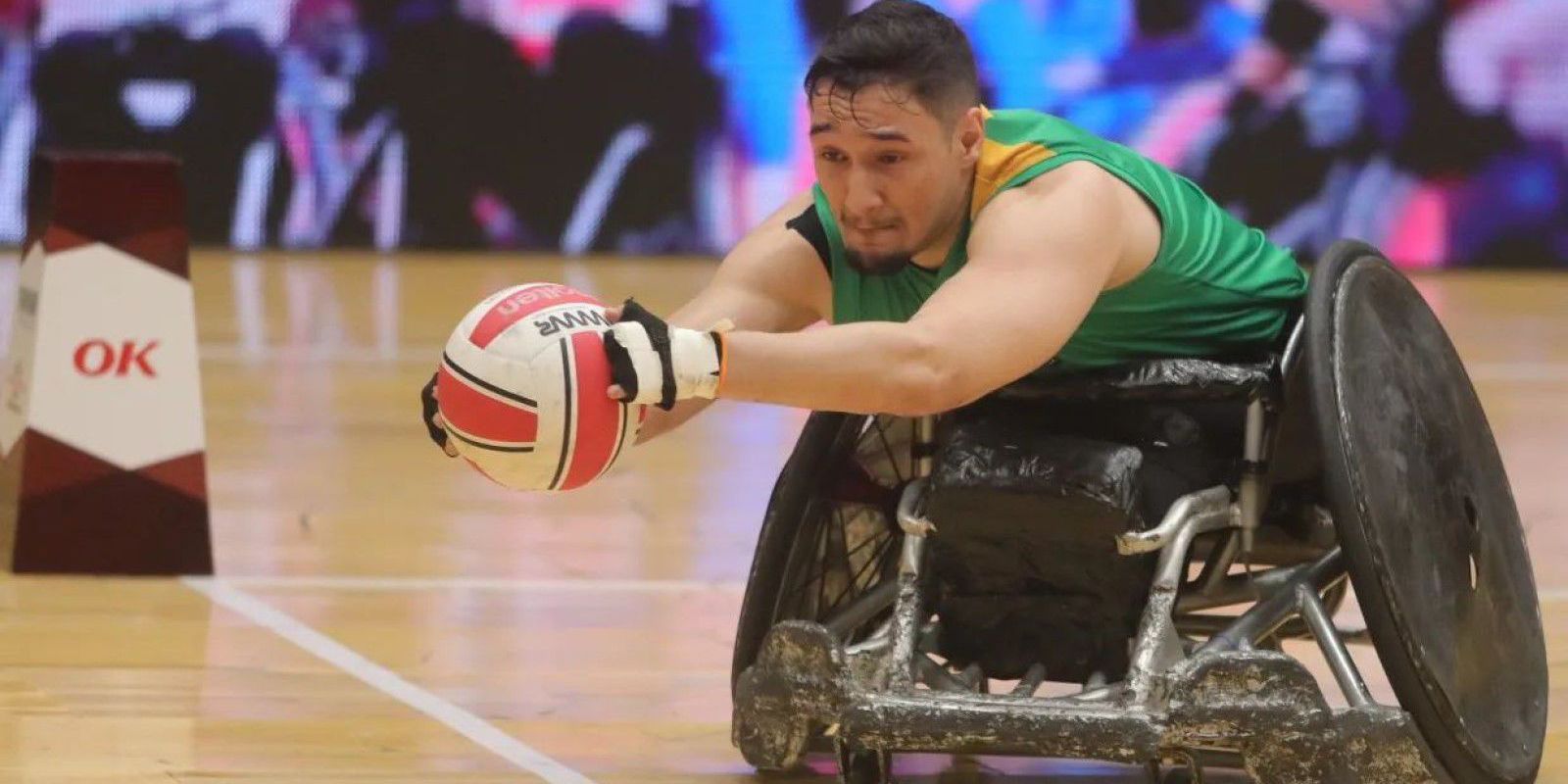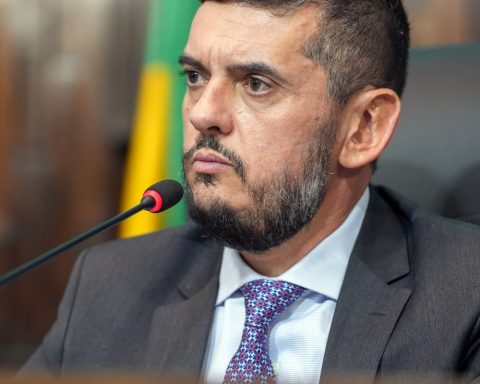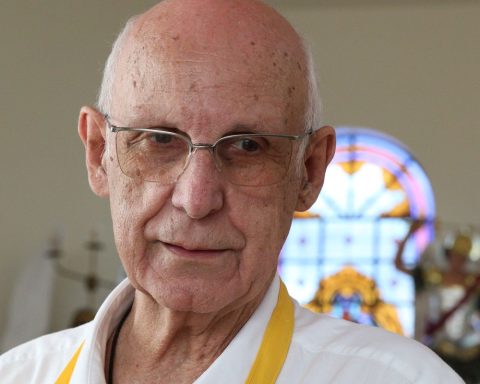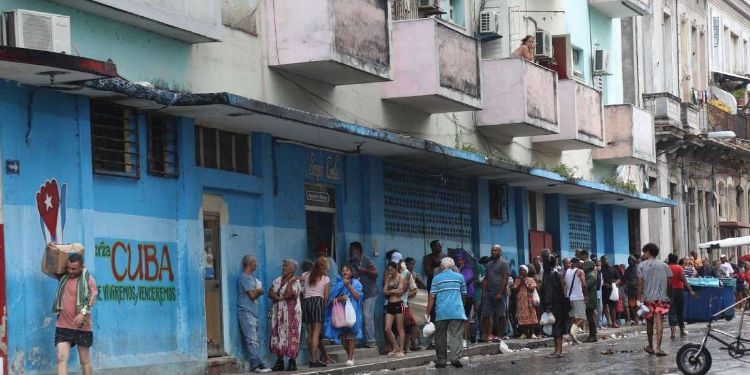The Brazilian wheelchair rugby team competed in the World Championship of the sport for the first time. Participation in the tournament, held in Velje (Denmark), came to an end last Saturday (15), with a 48-44 victory over Switzerland, in the dispute for 11th place.
This Sunday (16), Australia became two-time champion by beating the United States (who were looking for the penta) by 58 to 55. The bronze medal went to Japan, champion of the previous edition, four years ago, which surpassed the hosts Denmark by 61 to 57.
Absent from the Tokyo Paralympics (Japan), Brazil secured in the World thanks to third place in the Americas Championship in March. In the first phase of the competition in Velje, the Brazilians were defeated in the five matches of Group B. Among the opponents were, precisely, the champions Australia (36 to 57) and the semifinalists Japan (37 to 58) and Denmark (45 to 62 ). The green and yellow team also couldn’t resist Canada (41 to 59) and Colombia (36 to 54), continental rivals. The team still fought for ninth place, but was surpassed by Germany (42 to 53), before the victory over the Swiss, the first in history.
“[O jogo com a Suíça] It was pretty tight, I mean. [O resultado] Brings a warm welcome to our hearts, after such difficult games, with our first victory. It’s a learning process that we need [passar]. Brazil is growing and our goal, from now on, is to always qualify for important championships, because that is what will elevate Brazilian rugby. let it be the first [Mundial] of many”, highlighted José Higino, athlete and president of the Brazilian Wheelchair Rugby Association (ABRC), in a publication on the entity’s Instagram.
Next year, Brazilians will face the Parapan American Games in Santiago (Chile), which classify the gold medalist for the Paralympics. The only participation in the Games was in 2016, when the event was held in Rio de Janeiro and Brazil competed as the host country.
Modality
Wheelchair rugby is played by men and women, without division by gender, with quadriplegia or a high degree of physical-motor impairment. Athletes are divided into seven classes (from 0.5 to 3.5, varying every half point). The lower the category number, the greater the disability. The sum of the athletes’ classes on the court (four per team) cannot exceed eight.
The game has four eight-minute periods and takes place on a basketball-sized court (15 meters wide by 28 meters long). Players, in order to score, must cross the opponent’s goal line with the two wheels of the chair and the ball (similar to volleyball) in hand.


















